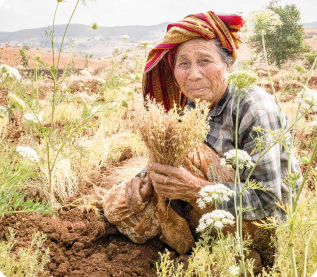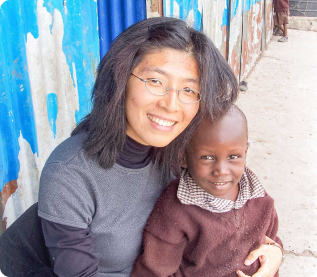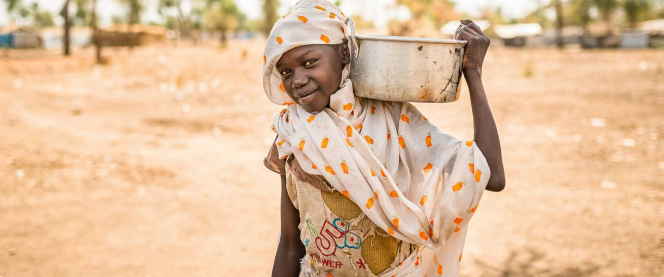Summary
India captivates and overwhelms the senses of all who visit with its vibrant colors, immense crowds, and stimulating smells. One of the largest and most diverse countries in the world, India is filled with more than 2,500 distinct people groups who speak over 19,500 languages and dialects. The most commonly spoken language is Hindi. A staggering one billion-plus people are dispersed over one million square miles. Tremendous recent economic growth has led to India’s increasingly important role in global affairs. Yet the permeating and ever-present reality of extensive poverty remains.
There is more human need in India than in any other country. Approximately 196 million people, 14% of the population, are malnourished. Roughly 30,000 children in India are orphans, and about 10% of the population lives in abject poverty. “Castes” that assign people to a social stratum based on birth have led to many horrific human rights abuses. Though officially outlawed, caste discrimination continues to hold great influence over the culture and remains a major bar to social mobility. To this day, it is difficult for people of lower castes to find jobs, no matter what their education or background. India’s infrastructure is unreliable, and political corruption is rampant. Overpopulation also makes pollution and sanitation unmanageable. These contribute to deadly realities such as contaminated water and widespread diseases such as cholera, typhoid, hepatitis, and more.
When it comes to the spread of the Gospel, India has the most unreached people groups in the world. In fact, 95% of Indians have never heard of Jesus! While Hinduism is practiced by roughly 80%, only about 2% identify as Christians. But because of the sheer size of the population, even minorities (Buddhists, Jains, and Sikhs) number in the millions each. Historic manuscripts and oral traditions say Christianity was introduced to India by the Apostle Thomas in 52 AD. The legacies of other Christian workers like William Carey and Mother Teresa have left a mark on the nation, and Christian communities have made significant contributions in education, health, and social sectors. Yet, Christianity is still often seen as a threat to the traditional Hindu way of life. Hindu nationalist groups and the political Bharatiya Janata Party want to make India a “Hindu Rashtra” — or “Hindu Nation.” Anti-conversion laws make it increasingly dangerous to share the Gospel. Those who choose to follow Jesus are often threatened with losing their status, jobs, homes, and even lives. Several Christian organizations have been forced out, leaving many bereft of physical and spiritual aid. However, despite the intense persecution, Indian Christians are courageously persisting as the hands and feet of Jesus to their neighbors.




